Bob Stewart was one of the great heroes of Dundee’s labour movement in the 20th century.
But for 50 years he kept a dark secret.
He was a Soviet agent and spied for Stalin – the dictator who would execute Stewart’s own son-in-law.
Becoming a socialist
Born in Eassie, Angus, in 1877 into a large left-wing family, he was brought up in poverty becoming a socialist — and a strict teetotaller after two of his brothers became alcoholics.
A ship’s carpenter by trade, he started work at the age of 12.
He was employed in Gourlay’s shipyard in Dundee where he was badly disfigured in an industrial accident.
But he returned to work on the construction of the RRS Discovery.
Supporting workers’ rights
A brilliant organiser and great orator, his first full-time position was as an organiser for the Carters’ union, the Scottish Horse and Motormen’s Union before the First World War in Dundee.
The union had been established by Stewart’s brother and had paralysed the city in 1910 when 40,000 mill workers were laid off due to a carters strike and the army was brought in to Dundee to restore order.
He also became the full-time organiser for Edward Scrymgeour’s Scottish Prohibition Party which would go on to defeat Churchill in the 1922 election.
But by the First World War, Stewart had become a Marxist and was convinced of the need for socialism.
Dundee had a flourishing Marxist scene following the arrival of the German revolutionary Peter Imandt in the city.
Imandt was known in Germany as the ‘Red Wolf’ and was a close friend of Karl Marx.
He arrived in the city in the 1850s and spent the next 40 years in the city – teaching German and revolution.
Opposition to First World War
The Marxists gained influence in the Dundee labour movement and it was in Dundee that James Connolly, the Irish rebel leader who was executed by the British in 1916 after the abortive Easter rising, joined the Socialist League in 1889.
Stewart’s early influences were the Liberal Peoples Journal which he sold in the streets as a boy and Chartist pamphlets which he read.
He was also influenced by stories about the Dundee minister Thomas Fyshe Palmer and the Dundee weaver George Mealmaker who were transported to Australia for advocating democratic rights.
He opposed the First World War and joined the anti-conscription fellowship- as did Scrymgeour.
But for Stewart the latter was insufficiently left-wing and too religious.
So Stewart set up his own Scottish Prohibition and Reform Party and was elected along with a colleague onto Dundee City Council.
In 1916 Stewart became one of 104 Dundee men who refused to fight because of religious or political convictions.
He was imprisoned in Dundee, Edinburgh and Wormwood Scrubs being court martialled four times.
He subsequently published a book of poetry Prison Rhymes which became a best seller in Dundee.
Hardened revolutionary
By now a hardened revolutionary, Stewart was thrilled by the Russian revolution and saw it as the hope of mankind.
Stewart, along with his wife Margaret and son Bill, was one of the founders of the Communist Party of Great Britain.
Stewart was sent to Moscow to represent the British communists on the Communist International (Comintern).
He also attended the Lenin school for international revolutionaries where he learned the tradecraft of underground revolutionaries.
Soon he was helping with the establishment of communist parties in Ireland and France.
In 1924, Stewart was in Moscow when Lenin died and took part in his funeral and escorted the dead ruler’s body back to Moscow.
Stewart had become a tried, trusted and passionate idealist.
But he was also a hard man steeled in revolutionary activities.
Thanked by China’s Chairman Mao
In the 1920s he was chosen for secret missions smuggling cash and documents to, among others, Chinese communists – actions for which Chairman Mao personally thanked him when he met the Chinese leader in the 1950s.
In 1925, the entire leadership of the British Communist Party was jailed and Stewart stepped in as acting general secretary during the torrid days of the General Strike.
The Stewart family was held in such high regard by the Russians, that his son Bill became a chauffeur and minder for the Soviet ambassador.
His younger son Robert and daughter Nan, meanwhile, were employed by Arcos, the Soviet trade organisation.
Thanks to research by Alan Stewart, a great grandson of Bob’s, and Irish historian Maurice Casey, the identity is now known of the Russian economist whom Nan met and married through working at Arcos and of the tragedy that befell him and split the tight-knit Stewart family apart.
Plight of the unemployed
Throughout the 1920s and early 1930s, Stewart continued his agitation, campaigning for workers’ rights and to highlight the plight of the unemployed.
He stood for parliament in Dundee on three occasions.
On his final attempt, in 1931, he secured over 10,000 votes – despite being incarcerated in Perth Prison for sedition.
His memoirs ‘Breaking the Fetters‘ recall Dundee and its tempestuous politics in the 1920s and ‘hungry ‘30s’. But strangely, they stop in 1936.
The reason, it can now be revealed, is that Stewart went underground.
He continued to travel on Comintern business – even risking his life traveling to Nazi Germany.
As the Second World War loomed and as war raged in Spain with Stewart and his colleagues sending hundreds of Britons to fight in the international brigade, he was put in charge of the British Communist Party’s secret organisation and maintained a clandestine radio outside London to keep in touch with Moscow.
Spy ring and Stalin’s purge
Stewart saw himself as an international revolutionary and not as a Russian agent.
But when the link between the Cambridge spy ring of Philby, Burgess, Maclean, Blunt and Cairncross and Soviet intelligence was broken – Stewart stepped in and acted as spymaster in the late 1930s.
However, as he did so, Stalin launched his ferocious purges in Russia eliminating hundreds of thousands of opponents, both real and imagined.
Foreigners and those who had contacts with them were targeted.
It was a worrying time for the Stewarts.
Bob’s daughter Annie, known as Nan, was living in Moscow with her Russian husband and their young son.
They had met in London when Nan was charmed by the handsome and brilliant young economist Anatole Kaminsky.
After six years together in London, the couple set up home in Moscow with their young son Greg.
The boy was named after Anatole’s brother Grigory Kaminsky, the Soviet minister for health who set up the national health service in the Soviet Union.
In 1937 Grigory Kaminsky unwittingly signed his own death warrant and that of his four brothers by making a speech condemning the terror and secret police chief Lavrenti Beria.
He was arrested and shot.
In 1938 Anatole was arrested, Nan fled with her son back to Britain and would only learn much later that Anatole was shot in 1941, shortly after the Nazi invasion of the USSR.
When the truth of what happened to the Kaminskys emerged in 1956, after Khrushchev denounced Stalin, Nan Stewart fell out with her father who remained silent and resigned from the Communist Party of Great Britain.
Grigory Kaminsky was posthumously rehabilitated.
Interviewed by MI5
When Anthony Blunt confessed in the 1960s to having been one of the Cambridge spies, Stewart was interviewed once again by MI5, whose volumes recording surveillance of Stewart for four decades are now public.
The head of the agency predicted: “you’ll get nothing out of him “.
Former intelligence officer and author of ‘Spycatcher’ Peter Wright reported that Stewart refused to talk observing that he was ‘a disciplined soldier’.
Stewart died in 1971 aged 94 in a retirement home in London paid for by the British Communist Party from funds received from the Communist Party of the Soviet Union.
Dundee journalist Graham Ogilvy, who is giving a talk about Stewart on May 6, said: “Stewart firmly believed he was on the side of history acting to build socialism and stop fascism.
“He was a complex man – despite aiding the Soviet Union he was critical of the Nazi-Soviet pact, the invasion of Czechoslovakia and other aspects of Soviet policy. His story is amazing, however, and tragic too.”
Event and ticket information
The Dundee Burns Club/Dundee Trades Union Council event on May 6 also features a talk by Councillor Siobhan Tolland on the life of the Dundee poet and working class activist Mary Brooksbank.
Meanwhile, Mike Arnott, secretary of Dundee Trades Union Council and Scottish secretary of the International Brigade Memorial Trust, will give an illustrated talk about the Dundonian volunteers who fought fascism during the Spanish Civil War, as featured in The Courier.
https://www.eventbrite.co.uk/e/dundee-rebel-city-dundee-in-the-hungry-thirties-tickets-608545936277
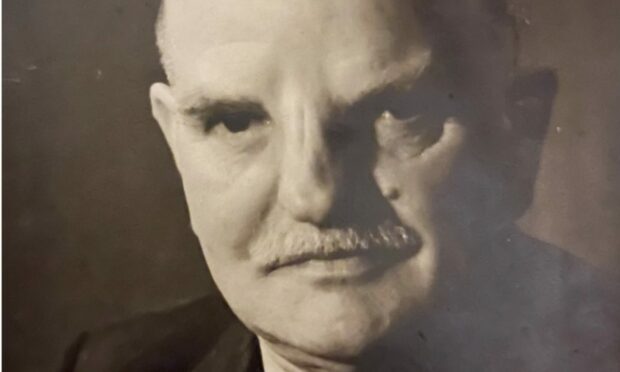
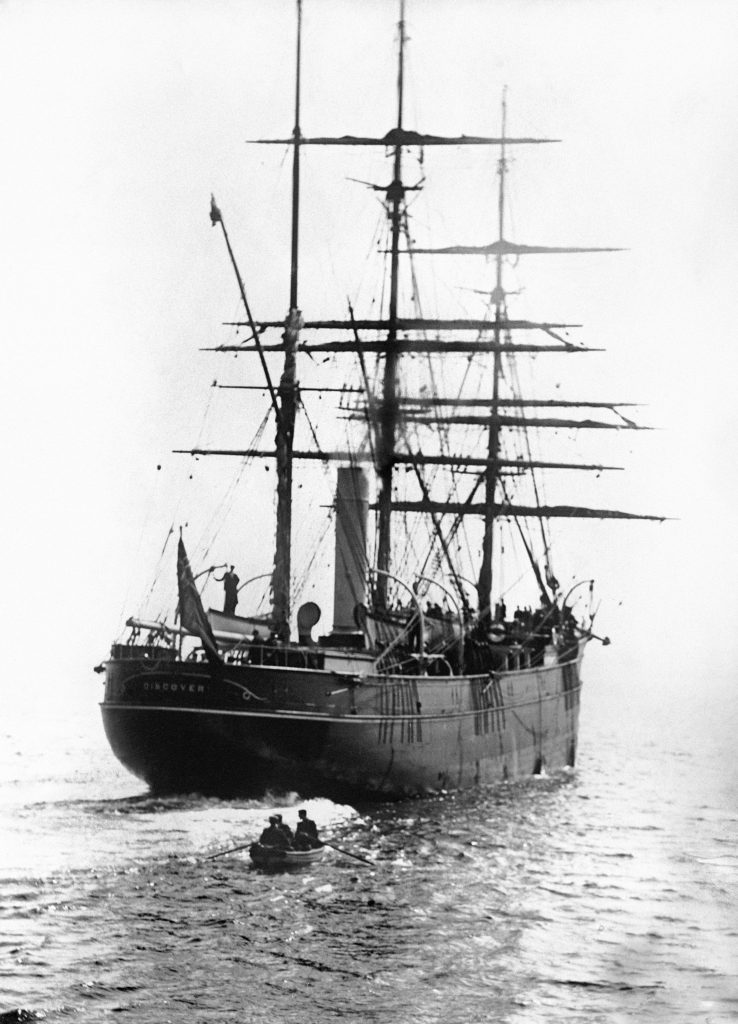
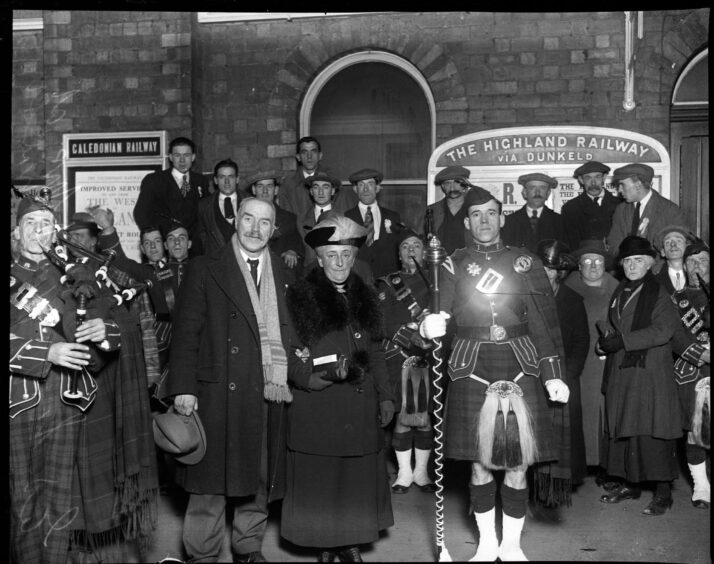
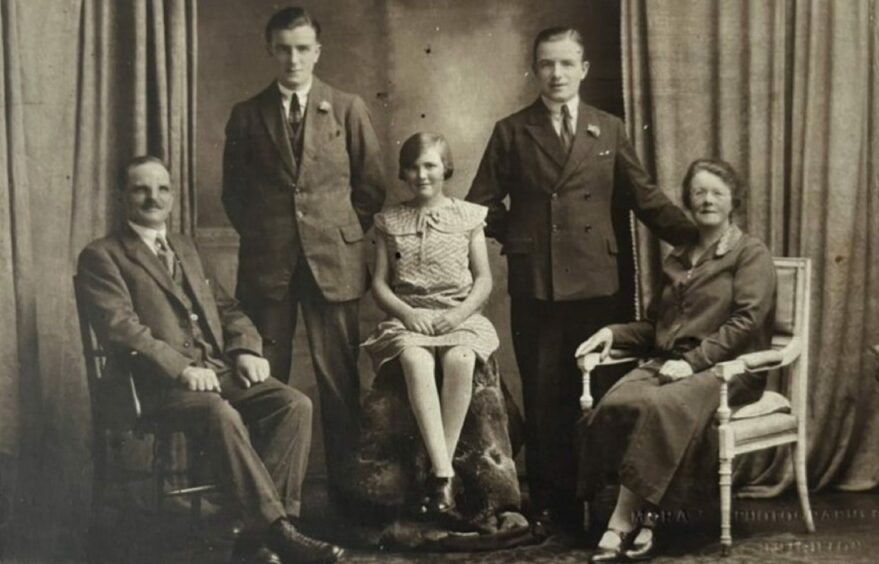


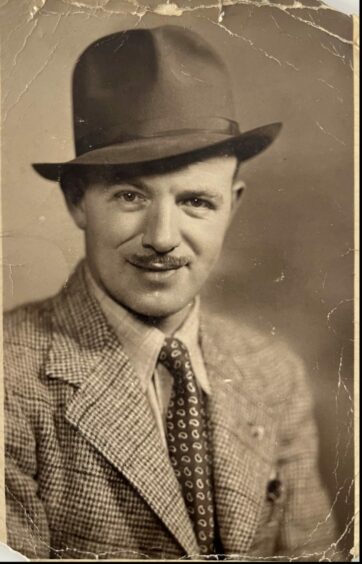
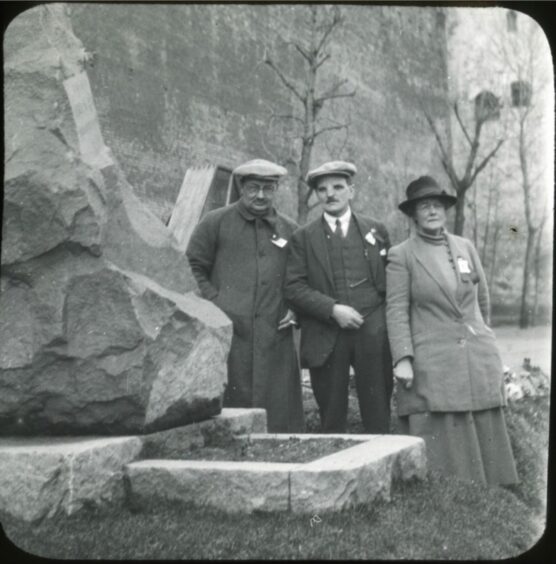
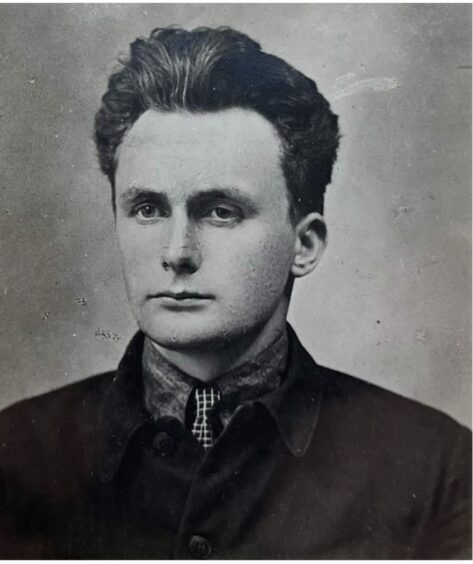

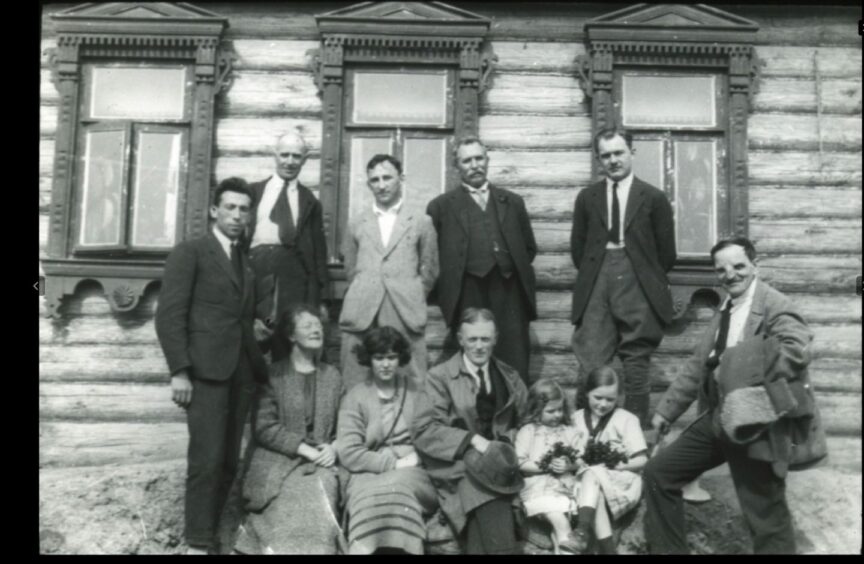










Conversation